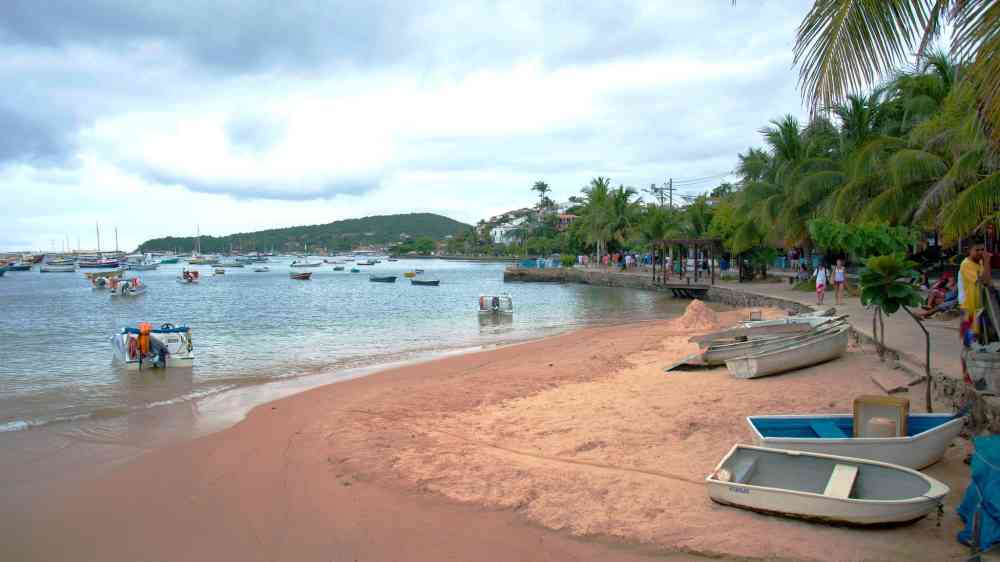
The World Bank approved a project to help Guyana adapt to climate change and reduce flood risk in its coastal regions. This initiative is set to benefit around 320,000 people, approximately 40 percent of the country's population, including the most vulnerable.
Guyana is among the countries most vulnerable to climate change. Studies have shown that rising sea levels, among the highest in the world, expose 100 percent of the country's coastal agriculture and 66.4 percent of its coastal urban areas to flooding and erosion, with potential GDP losses that could exceed 46.4 percent.
Guyana's coastal drainage system comprises a unique, intricate network of canals, culverts, sluices, and pumps. Over time, its operational capacities have declined due to insufficient investments in maintenance and growing flood risk arising from urbanization and the impacts of climate change. Following the 2005 floods, the government re-emphasized the importance of flood risk management and increased the National Drainage and Irrigation Authority's budget.
The new Coastal Adaptation and Resilience Project will build on existing efforts to enhance flood risk management in Guyana. The project will repair or replace more than 45 drainage infrastructure assets, focusing on sluices. Investments will take into consideration projected land uses, population growth, urbanization, and climate change impacts to enhance drainage functionality for efficient rainfall runoff discharge, improve flood protection, and strengthen irrigation services.
"This initiative builds on a long-standing engagement between the World Bank and Guyana on strengthening resilience to flooding and natural hazards. With this operation, we are reinforcing Guyana's efforts to maximize disaster risk management while protecting lives and reducing inequalities in the long term," said Diletta Doretti, World Bank Group Resident Representative for Guyana and Suriname. "This project is also a critical component of Guyana's Low-Carbon Development Strategy, aligning with the country's broader vision for climate resilient growth," she added.
The project will work closely with Guyana's Ministry of Agriculture to help it effectively manage and operate the drainage system. It will upgrade the National Drainage and Irrigation Authority's asset management system, develop technical standards for flood risk management in urban areas, and provide training to enhance personnel capacity for system operation and maintenance.
The US$45 million project is financed by the Guyana REDD+ Investment Fund (GRIF). The GRIF is a financial intermediary fund (FIF) for the financing of activities identified under the Government of Guyana's Low Carbon Development Strategy (LCDS). The GRIF funds are revenues earned by Guyana for payments for climate services.
Under the agreement, Norway compensates Guyana for curbing greenhouse gas emissions caused by deforestation and forest degradation. Guyana utilizes these revenues for the implementation of its Low Carbon Development Strategy which includes a comprehensive and overarching framework for building resilience to climate change impacts. The Coastal Adaptation and Resilience Project is part of these efforts.